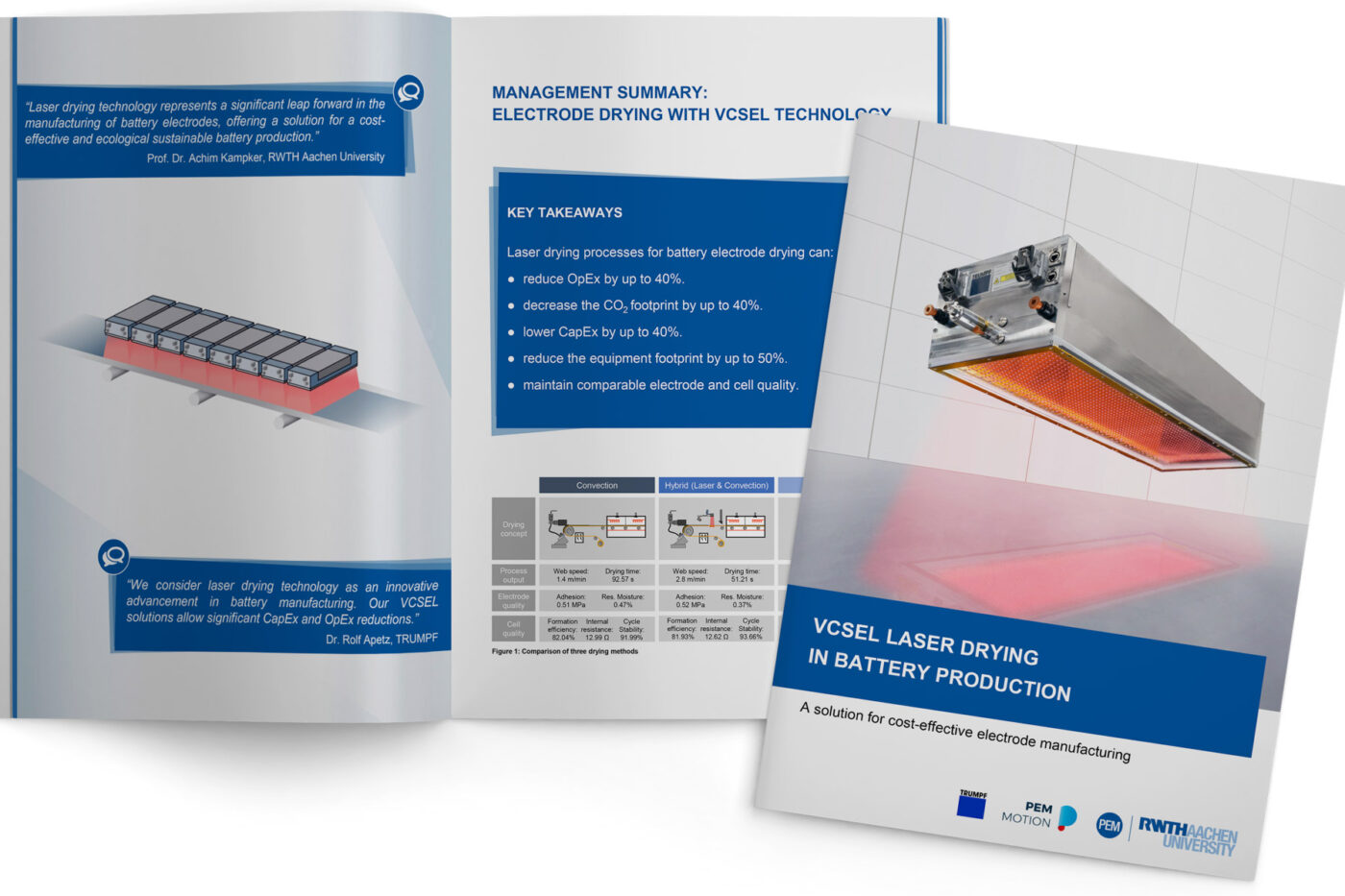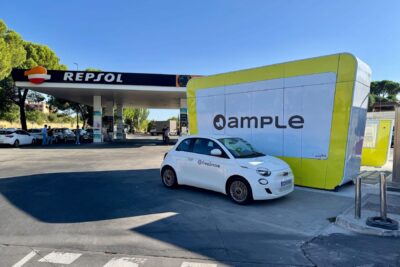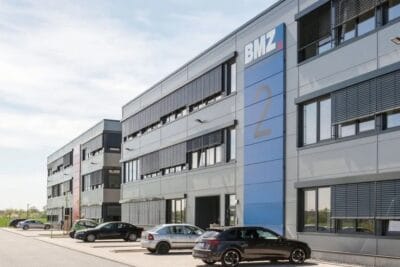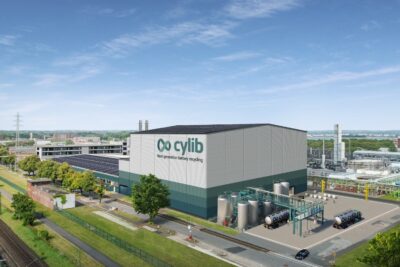Aachen researchers shorten electrode drying process with laser
The background to the research is that lithium-ion batteries are still the most expensive single component of an electric car – specifically, the PEM states 31 per cent of the total costs in the communication. In addition to the procurement of raw materials, the current production processes also make the battery expensive.
The fact that battery production is so energy-intensive is partly due to the manufacture of the electrodes: The active materials (such as lithium, nickel, manganese and cobalt for the cathode) are mixed in powder form and mixed with liquid binders to form a paste. This paste, known as slurry in technical jargon, is then applied as thinly as possible to the carrier film – and immediately dried in huge ovens to vaporise the liquid components. The liquid is therefore only required for the application process step and is then dried in ovens that are several metres wide and up to 100 metres long, depending on the system, using a great deal of energy.
The Aachen-based researchers now claim that the new, laser-based process allows “a significant reduction in drying time with at least the same quality compared to the current state of the art”. The technology was developed together with the spin-off engineering service provider PEM Motion and the Baden-Württemberg laser specialist Trumpf So-called VCSEL-based laser heating systems are said to reduce both operating costs and CO2 consumption by up to 40 per cent. In addition, equipment costs can be reduced by up to 50 per cent while maintaining the same electrode and cell quality.
What’s more, the modular design of the VCSEL laser heating systems should enable more precise drying. They have separate zones, which should allow precise control of individual illumination zones. Another special feature of the VCSEL modules is their compactness and short working distance. This should also enable easy integration into existing systems.
“This step enables a much more energy-efficient, high-quality and cost-effective production of batteries,” says Professor Achim Kampker, Head of PEM. Ralph Gudde, Vice President of Marketing and Sales at Trumpf Photonic Components, added: “Laser drying offers many advantages – such as improved energy efficiency, reduced floor space, and better process control.”
The institute, together with its spin-off PEM Motion and the technology company Trumpf, is presenting the results of the experimental study, which the RWTH chair carried out on its own research line, in a white paper in English.
As recently as April, PEM announced that it had developed a method for drying LFP cathodes and graphite anodes using a laser process as part of the IDEEL research project. The Aachen-based company cooperated with the Fraunhofer Institute for Laser Technology (ILT) on this project.
rwth-aachen.de, pem.rwth-aachen.de (whitepaper)




